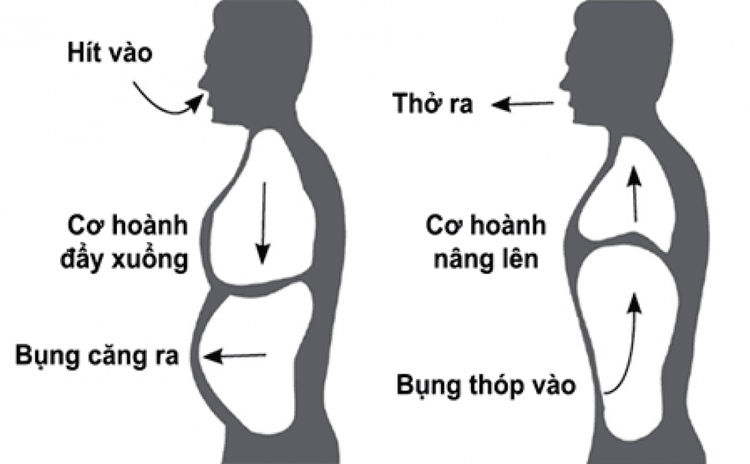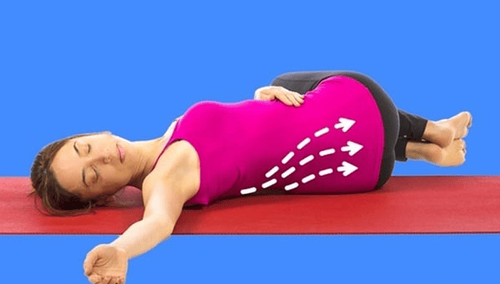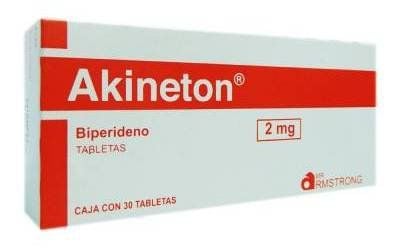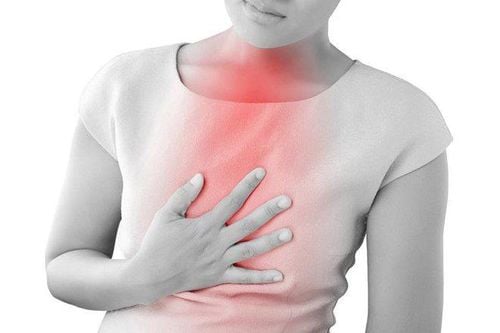This is an automatically translated article.
Tremor is largely related to stress and emotions in each person. Exercise to reduce tremors has proven effective in many cases, helping patients improve symptoms and become more flexible and easier to manipulate. Therefore, how patients with tremor should exercise are very interested and below are specific instructions.
1. Practice breathing
No matter what exercises you do to reduce tremors, the most important thing is always the breath. Even the regularity of the breathing rhythm should always be taken care of even in everyday activities. If the patient can't pay attention to the breath, it means they are stressed. At this time, if they focus on the breath, they will be less tense and the tremors will improve.
Regular breathing practice will help feel each breath become more effective. When trying to inhale slowly and deeply, the flow of oxygen will be felt to reach the very small airways in the lungs, increasing the supply of oxygen to the alveolar capillaries. On the contrary, when exhaling, exhaling slowly and exhaling as hard as possible also helps the amount of carbon dioxide and residual gas to be eliminated.
The practice of breathing is really very simple, the difficulty is just needing to focus and try to perform the movements properly, feeling the body relax. Therefore, when experiencing tremors due to stress, it is necessary to keep calm and take 15 breaths to see a lot of improvement in symptoms, even slower heart rate and increased attention afterwards.

Luyện tập hơi thở giúp cải thiện triệu chứng của bệnh run chân tay
2. Limit stress
This is also considered a way to reduce tremors when it requires the patient to know how to recognize their own common stress and find ways to eliminate them.
Stress comes from thinking and also during normal cycles when muscles work. The electrical stimulation of the brain, along with the continuous signal of muscle contraction, makes the tremor more likely to appear or become more severe. Therefore, the solution at this time is to limit the things and thoughts that make the brain highly concentrated; At the same time, the patient needs to have a quiet place to rest, relax the muscles and take a deep breath, to reduce the nerve stimulation in the body, so that the tremors and nervousness can be reduced.

Hạn chế căng thẳng sẽ có thể làm giảm run tay chân và hồi hộp.
3. Exercises to reduce tremors for the upper body
Besides practicing breathing and limiting stress, patients can also apply exercises to reduce tremors in the upper body as follows, helping to quickly improve symptoms, especially in patients with diabetes. Parkinson's patients or stroke:
Shoulder shrug: Sit, stand or lie on your back, arms at your sides, eyes forward. Start by lifting your shoulders toward the top of your head as far as you can, tensing your muscles. When you feel your muscles begin to fatigue, release your shoulders to relax completely. Shoulder rotation: Sit or stand, hands at sides, eyes forward. Start by rotating your shoulders up, back, down, and forward. Repeat this rotation several times until a release of tension is felt in the muscle and then reverse direction, repeating the process. Turn your head: Sit, stand or lie on your back looking forward. Start with relaxed shoulders and turn your head to the right as far as you can, hold for a few seconds in that position, then return your head to the center position. Repeat this process in the opposite direction.

Xoay vai là một bài tập giảm run chân tay cho phần trên của cơ thể
Neck bend: In a standing position, feet shoulder-width apart or sit in a chair with feet firmly planted on the floor. Start by maximally forward flexion, then relax and maximally backward, finally returning to the center position. During the procedure, the patient can hold the handles on both sides for firmness. Arm rotation: Sit, stand or lie on your back, arms straight and raised to shoulder level, palms down. Start by rotating your arms inward and outward, forward, backward. Repeat from back to front, out and in. During the rotation, the arms can be kept straight, but they should be soft and flexible at the elbow joints to avoid further straining the muscles. Fist: This move can be done in any position. Start by squeezing your fingers into fists, hold them for a few seconds, and then release. Repeat the same for both hands.
4. Exercises to reduce tremors for the lower body
Similar to exercises to reduce tremors for the upper body, patients also need to exercise evenly on the lower half of the body. This not only helps to stretch the spine, but also helps to make the gait more stable and reduce the feeling of inferiority caused by foot tremors.
Hip flexion: In a standing position, feet shoulder width apart or sit in an unsupported chair with feet firmly planted on the floor. Start by maximally forward flexion, then release and maximum controllable backward, finally returning to center position. During the procedure, the patient can hold the handles on both sides for firmness. Hip tilt: Lie on your back, knees bent gently, feet flat on the floor and about hip-width apart. Place force on your legs and upper body to maximize hip lift, lengthening spine. Then gently drop your hips down and relax. This movement is more effective when combined with breathing, abdominal muscles. Leg stretch: Start in a standing position facing an object to prop your legs up to about mid-knee height. When putting your foot up, bend your knee down to maximize calf stretch and then release, return to center standing and switch sides. Remember to always point your toes forward with your knees straight and your back straight. You can bend forward slightly to stretch the spine. With caution, if you feel pain, tingling or numbness, slowly withdraw from this exercise.

Động tác nghiêng hông giúp giảm run chân tay cho phần dưới của cơ thể
Twist: Perform in a standing position, near a wall or with support and feet hip-width apart. Bring your hands out in front of you, palms facing down. Rotate your entire torso to the rear as far as possible and then return to the medial side. Repeat on opposite side. In summary, relaxing the body with exercises to reduce tremors in the limbs is one of the effective ways without drugs, without side effects. Patients not only reduce the stimulation of continuous muscle contraction impulses, but also can release stress in thinking, helping to focus on work more comfortably.
Vinmec International General Hospital with a system of modern facilities, medical equipment and a team of experts and doctors with many years of experience in medical examination and treatment, patients can rest assured to visit. examination and treatment at the Hospital.
To register for examination and treatment at Vinmec International General Hospital. You can contact Vinmec Health System nationwide, or register online HERE.
READ MORE
Is the appearance of numbness in the legs with shaking hands a sign of heart disease? Symptoms of shaking hands and feet mean Parkinson's disease? What are the symptoms of a migraine that lasts on the left side?













